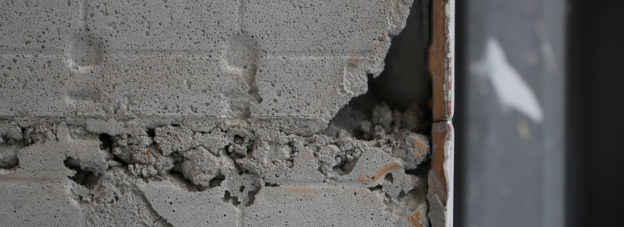In Hensel Phelps Constr. Co. v. Superior Court, 257 Cal. Rptr. 3d 746 (Cal. Ct. App. 2020), the Court of Appeals of California, Fourth Appellate District, addressed whether a party’s contractual definition of the phrase “substantial completion” controlled the trigger date for California’s construction-related statute of repose, Cal. Civ. Code § 941(a). The Fourth District held that the agreement between the condominium owner and developer for Smart Corner Condominiums and the general contractor, Hensel Phelps Construction Co. (Hensel Phelps) – which determined the date of “substantial completion” for the construction project – did not control when the statute of repose started to run.
As set forth by the court, Hensel Phelps signed a prime contract with the owner and developer of a project that included a residential condominium tower. The prime contract required several items before the parties could consider the project substantially complete. Among the requirements was that the project be at the stage where the work was sufficiently complete to allow lawful occupancy and the architect on the project issued a certificate of substantial completion. The architect signed the certificate of substantial completion on May 24, 2007. The City of San Diego, however, continued to issue certificates of occupancy after that date.
On July 6, 2017, Smart Corner Condominium Association (Smart Corner), who was not in privity with Hensel Phelps, gave notice to Hensel Phelps of its construction defect claim, alleging numerous defects. After Hensel Phelps declined to participate in the pre-litigation dispute resolution process set forth in California’s Right to Repair Act, Cal. Civ. Code § 895 et. seq., Smart Corner filed suit against Hensel Phelps. During the litigation, Hensel Phelps filed a motion for summary judgment arguing that, as set forth in the prime contract, the statute of repose began to run on May 24, 2007, when the architect issued its certificate of substantial completion. The trial court denied Hensel Phelps’ motion. Subsequently, Hensel Phelps filed a writ of mandate, asking the appellate court to order the trial court to vacate its order.
On appeal, the court rejected Hensel Phelps’ request that the court interpret the phrase “substantial completion” using a bright line rule, as determined by the parties in their private contract. As noted by the court, the date of substantial completion is an objective fact about the state of construction of an improvement and is a statutory standard, not a contractual one. Finding that private parties cannot confer on themselves the ability to determine when the limitations period begins to run, particularly with respect to another party’s claim, the appellate court denied Hensel Phelps writ.
The Hensel Phelps decision serves as a reminder that subrogation practitioners considering filing suit in an older construction litigation case need to carefully analyze when a construction statute of repose referencing “substantial completion” starts to run. As noted in Hensel Phelps, the answer does not necessarily depend with how the building contract determines the date of “substantial completion.”

